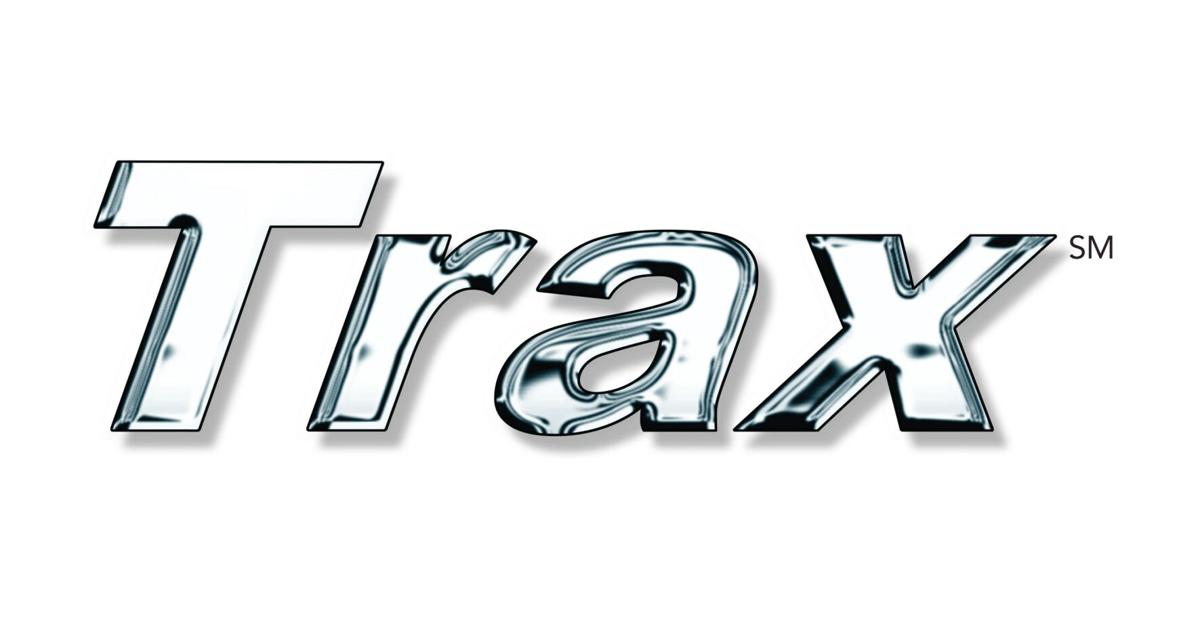Copyright scmp

Soon after China put the electromagnetic catapults on its newest aircraft carrier to the test, US President Donald Trump has taken a swipe at the “stupid electric” technology – and called for a return to steam power. The advanced catapult launch system was originally developed by the United States to boost the performance of its aircraft carriers. But when he addressed US Navy sailors aboard the USS George Washington in Japan on Tuesday, Trump said he was serious about signing an executive order to abandon the Electromagnetic Aircraft Launch System, or EMALS, which he called expensive, unreliable and difficult to repair. He said the system – designed to launch aircraft faster, more smoothly and with greater energy efficiency – had cost billions of dollars to build and fine-tune. According to Trump, when EMALS breaks down, “you have to send it up to MIT and get the most brilliant people in the world” to fix it. In contrast, he said the 70-year-old steam catapult – which uses high-pressure steam to drive pistons that hurl aircraft off the flight deck – was more reliable and could be repaired “with a hammer and a blowtorch” while working “just as well, if not better”. Trump also praised the dramatic effect of steam clouds billowing off aircraft carrier decks. “I love the sight of that beautiful steam pouring off that deck,” he told the sailors. “With the electric, you don’t have that … I like steam; we’re going to go back to steam.” His remarks came just a month after China released new footage showing its third and most advanced aircraft carrier, the Fujian, conducting sea trials with its own electromagnetic launch system. The footage aired on Chinese state television in September showed three types of aircraft – including the J-35 stealth fighter and the KJ-600 early warning plane – launching from and landing on the carrier’s deck. China and the US are the only countries to have installed electromagnetic launch systems on their aircraft carriers. While China’s Fujian remains in sea trials, the USS Gerald R. Ford completed its first full deployment this year after years of technical delays and cost overruns. Catapults are critical to aircraft carrier operations because they allow heavier aircraft, including strike jets and surveillance planes, to take off from short flight decks. The US began developing EMALS in the early 2000s, led by California-based defence contractor General Atomics, with the goal of launching aircraft more efficiently and with less stress on both the equipment and the airframes. Compared to steam, electromagnetic launch systems offer finer control and adjustable launch power, and they support lighter aircraft like drones. But they require massive power, are harder to maintain, and there were reliability issues during early trials aboard the USS Gerald R. Ford. Trump has criticised EMALS since his first term, calling it “no good” in 2017. During a 2019 navy visit in Japan, he called the system “crazy electric” and “very, very complex”. He floated the idea of reverting to steam, but no formal directive was issued at the time. China did not commission its first aircraft carrier until 2012, decades behind the US. Instead of adopting steam catapults like the US Navy did in the 1950s, China skipped that generation entirely and moved straight to electromagnetic launch technology with the Fujian. The country is reportedly building a next-generation, nuclear-powered “super carrier”, which is expected to feature EMALS catapults, expanded flight capacity, and other cutting-edge systems aimed at matching the capabilities of the US Navy’s most advanced carriers.



